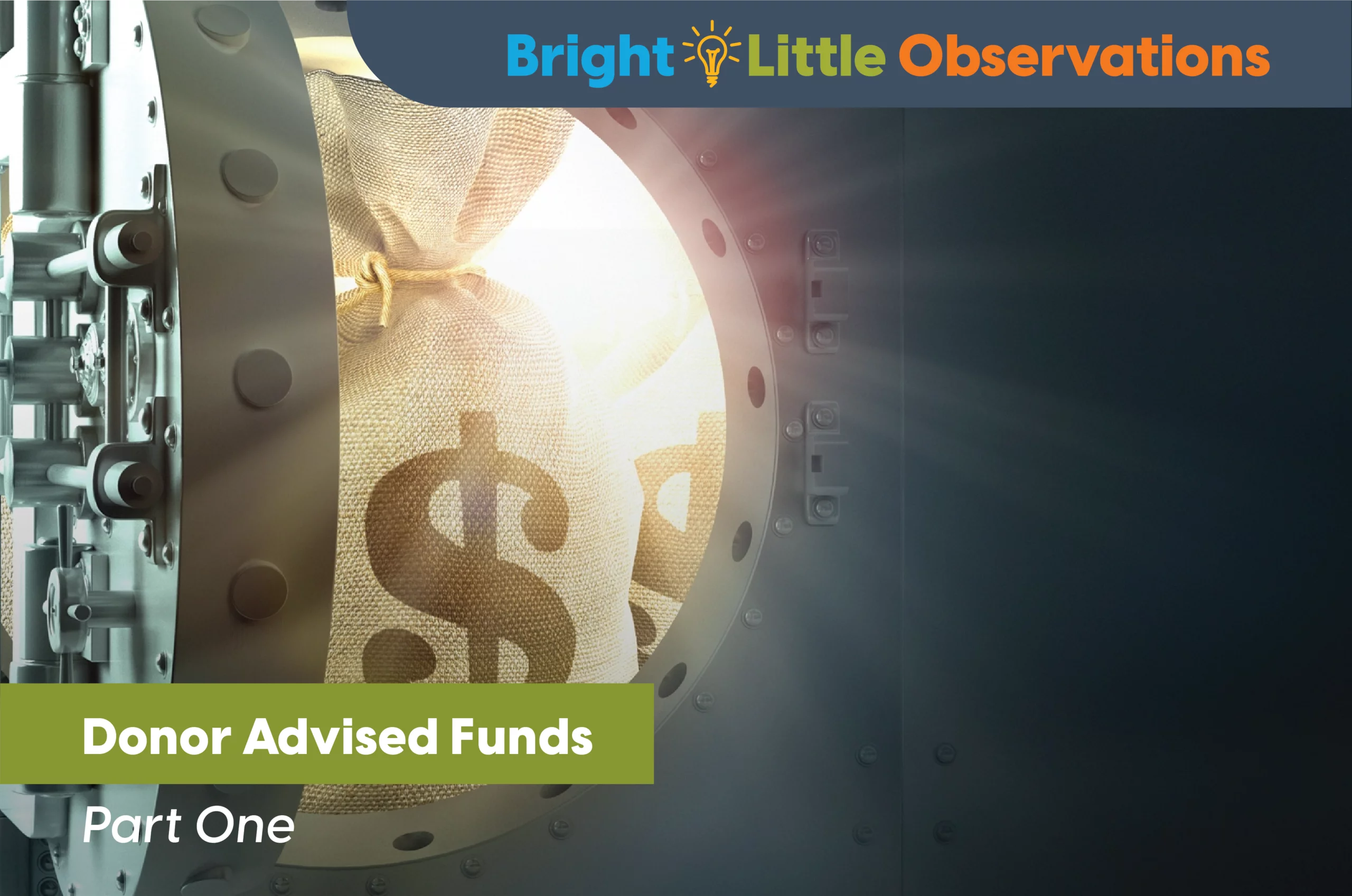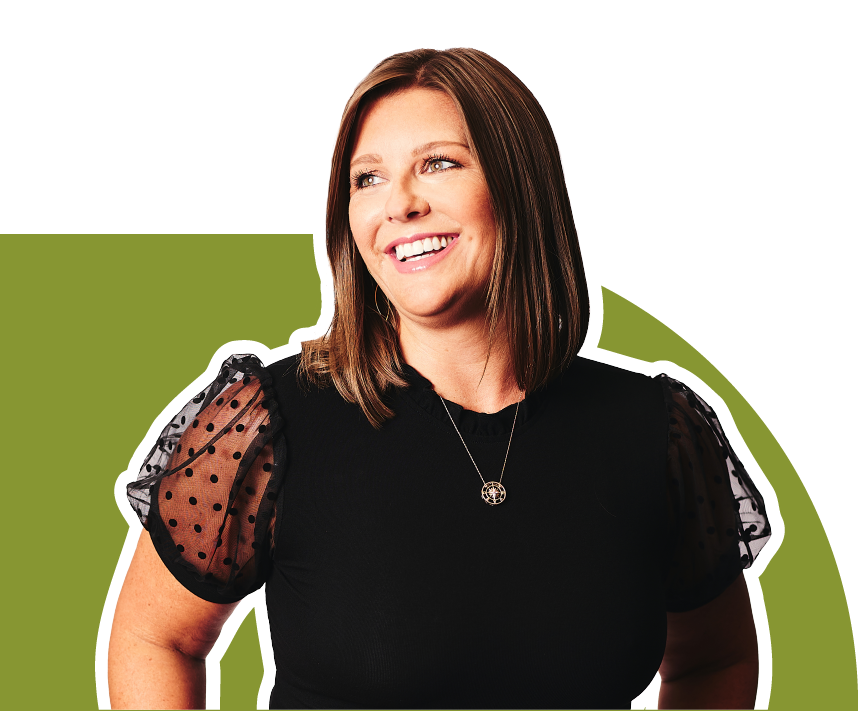


Unlocking the DAF vault: the right combination
Nearly $160 billion.
That’s how much money is currently sitting in Donor Advised Funds, ungranted, depriving charitable organizations of even greater opportunities to further their causes, mission and visions … while society’s challenges are compounding.
According to Initiative to Accelerate Charitable Giving, while total giving by individuals has remained constant as a share of disposable income, more and more of those contributions are going into DAFs instead of directly to charities. Last year DAF contributions increased by over 20% from the prior year and has almost doubled since 2016.
The growing popularity of this giving tool for donors should come as no surprise, given its simplicity, flexibility, tax-efficiency and, if desired, privacy.
Here’s how it works:
- Donors deposit money into a tax-wise DAF account, managed by a qualified financial sponsor (such as Fidelity or Schwab) that handles all record-keeping, disbursements and tax receipts. Donor can contribute cash equivalent, long-term appreciated assets and even liquid assets like real estate.
- Contributions are immediately tax-deductible and do not incur capital gains taxes on gifts of appreciated assets.
- Once approved, 100% of the donor’s recommended grant goes to the qualified charity of their choice.
- Donors may choose to remain anonymous to the grant recipient.
But inherent in this process are challenges for nonprofits.
The proverbial black hole
The vast majority of contributions to Donor Advised Funds are staying in Donor Advised Fund accounts, in part because these special funds have no required payouts. This often leaves charities, as well as their fundraisers, feeling as if potential funding is disappearing into a black hole.
In 2020, over 82% of tax-benefitted assets were left ungranted. To put this in perspective, The Chronicle of Philanthropy reports that the $48 billion contributed to DAFs in 2020 is roughly equivalent to the amount of cash and stock raised by the 85 biggest organizations on the America’s Favorite Charities list. This stockpiling of charitable contributions does little to benefit the common good, even though donors have already received tax breaks with their gifts.
(Graphic: a funnel with lots of dollars flowing into the top and dropping one by one out the bottom)
A tougher nut to crack
In a 2019 survey conducted by consultant Penelope Burke of 20,000 charitable donors 2% had a Donor Advised Fund (DAF). When asked whether they made all their charitable gifts unsolicited or as a result of appeals – or a combination of the two – the majority said a combination.
Do I know you?
A primary principle of successful fundraising is cultivating relationships with donors and showing them the love and appreciation that they deserve. But that’s nearly impossible if you don’t know who they are. All too often nonprofits receive checks from a DAF fund sponsor that can’t be attributed to specific donors. Some fund sponsors offer donors the choice to opt-in to have their personal information shared, while others provide that information by default, giving donors the choice to opt out.
As the chasm grows ever wider between the unprecedented amount of money pouring into DAF’s and those funds staying in the DAF accounts more like another savings account or 401k rather than immediately funneling to those funds to charities. This creates a unique conundrum thus, nonprofits are turning to Summit Marketing to help them identify and message to donors who very well could have a DAF account and remind them their designation of DAF gifts will significantly help continue valuable programs and services to those in need.
In Part 2 of our blog, “Unlocking the DAF vault,” we’ll share how to apply the right combination of fundraising principles to drive more DAF grants to your organization.